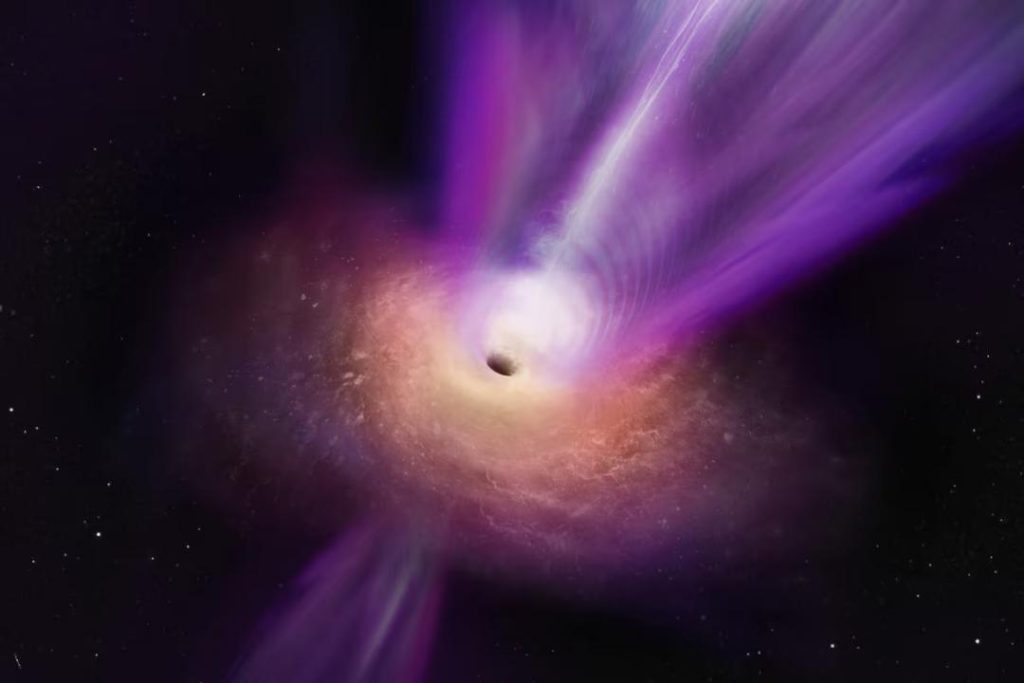
Very Massive Stars Emit Huge Mass Before Collapse into Black Holes: Study
In a groundbreaking discovery, a team of scientists from the International School for Advanced Studies (SISSA) in Italy has found that very massive stars emit a huge amount of mass before collapsing into black holes. The study, published in the journal Nature Astronomy, sheds light on the process of stellar evolution and the formation of black hole binaries.
For decades, scientists have been fascinated by the mysterious process of how massive stars collapse into black holes. The latest study provides crucial insights into this phenomenon and has significant implications for our understanding of the universe.
According to the researchers, very massive stars, also known as very luminous stars, undergo a process called mass loss before collapsing into black holes. During this process, the stars emit a massive amount of gas and dust into space, which plays a crucial role in the formation of black hole binaries.
The study found that these luminous stars lose a significant portion of their mass, which subsequently forms rare small black holes. These small black holes are incredibly massive, ranging from 100 to 10,000 times more massive than the sun. The rarity of these black holes makes them difficult to detect, and the discovery of these small black holes has significant implications for our understanding of the universe.
To conduct the study, the researchers used advanced computer simulations to model the evolution of very massive stars. They found that the mass loss occurs due to the intense radiation emitted by the stars, which causes them to lose their outer layers. This mass loss leads to the formation of a compact core, which eventually collapses into a black hole.
The researchers also discovered that the mass loss plays a crucial role in the formation of black hole binaries. The gas and dust emitted by the stars forms a disk around the black hole, which can eventually merge with another star to form a binary system.
“This study provides new insights into the complex process of stellar evolution and the formation of black hole binaries,” said Dr. Alessandro Ballone, the lead author of the study. “The discovery of these small black holes has significant implications for our understanding of the universe and the role that massive stars play in shaping the cosmos.”
The study has significant implications for astrophysicists and astronomers, who have been struggling to understand the process of black hole formation. The discovery of these small black holes provides a new window into the mysteries of the universe and sheds light on the role that massive stars play in the formation of black hole binaries.
In conclusion, the study by SISSA in Italy has provided a new understanding of the process of stellar evolution and the formation of black hole binaries. The discovery of these small black holes has significant implications for our understanding of the universe and the role that massive stars play in shaping the cosmos.






